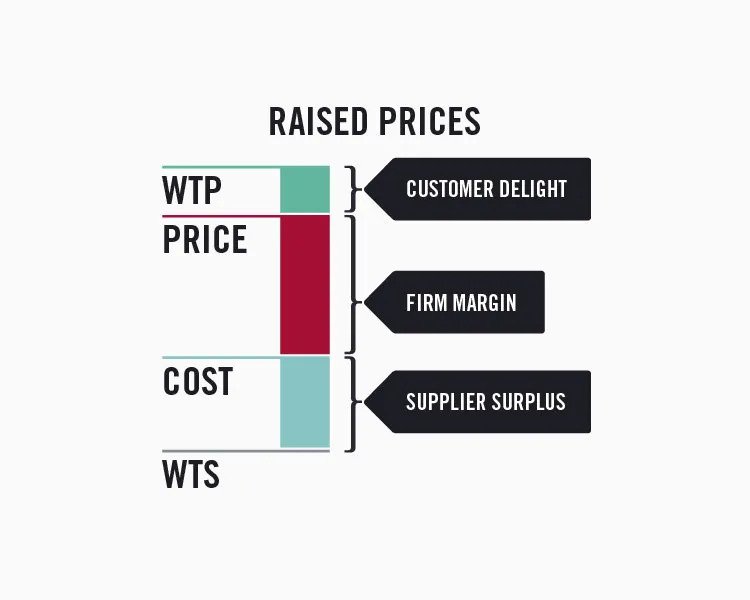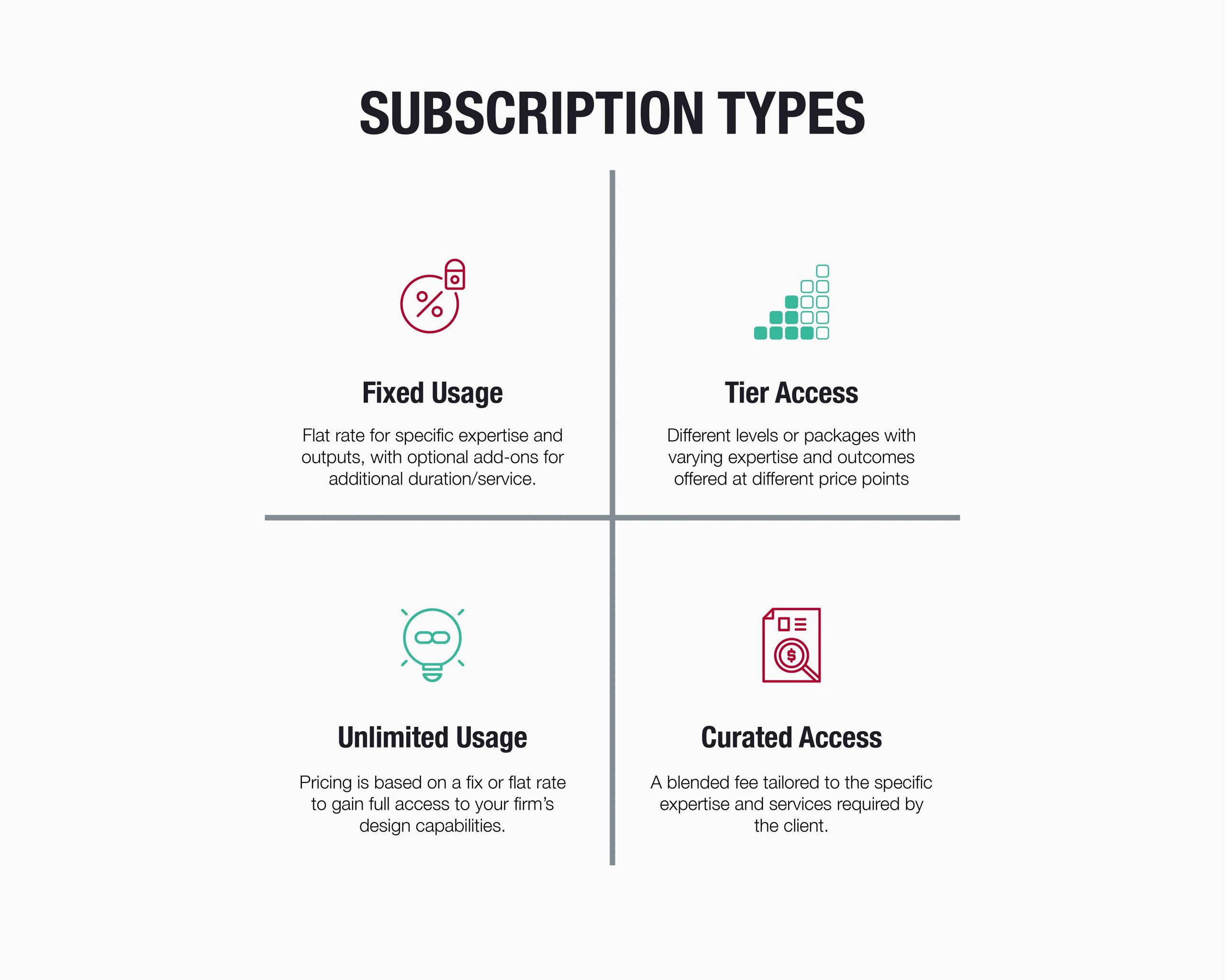A practical guide for designers and clients.
Recently, during a discussion about contract renewal with one of our long-term clients, the topic of pricing came up, and it got me thinking about how tricky it can be to determine the right price for our client’s design needs. Design as a service has multiple and varying aspects with different expectations, making it challenging to explain why it should cost a certain amount. Negotiating the cost becomes more of an art than a science.
But here’s the thing: successful pricing is all about understanding the true value of design, which goes beyond just dollars and cents. It’s about finding a balance where both designers and clients feel they’re getting a fair deal. So, let me take this opportunity to share some insights on how we can ensure our design services are priced in a way that benefits both clients and the designers involved.
Striking a Balance: Understanding the Difference Between Price and Cost
In the realm of design pricing, grasping the distinction between price and cost is crucial. Price represents the monetary figure attached to a service, while cost encompasses the effort, time, and resources invested in delivering it. What may seem like a minor cost for some can hold significant value for others, leading to disparities in how one perceives the price.
The traditional hourly rate model in design services often creates a disconnect between the effort put in and the price charged. Tasks that hold great value for clients may not be adequately reflected in the pricing, and efforts that might seem easy to the client might be difficult for the designer to accomplish. This common scenario leads to clients questioning the value they receive and designers producing outputs with dissatisfaction and confusion. And I have yet to even include capex and opex into play for organizations, which is a monster topic altogether.
To address this challenge, new pricing models need to come into play, allowing both clients and designers to gauge the true worth of their work and present a price that accurately reflects this value. Let’s explore some of these uncommon approaches and hopefully, provide you with guidance to ensure fair and satisfying pricing models for all parties involved.
Take a deep breath. Let’s go.
1. Value-Based Pricing: Leveraging the Right Value Levers for Success.

A simple, transparent way for both designers and clients to reach a consensus on a sustainable pricing model.
Source: HBR Online
Value-based pricing is a strategy that hinges on customers’ perceived value to determine cost. It involves working backward, starting with what clients are willing to pay and then assessing if the cost is feasible for the designer. The value stick consists of four components: willingness to pay (WTP), price, cost, and willingness to sell (WTS), which together determine the value split between the company, clients, and suppliers. By manipulating these points, firms can adjust the value shared among parties.
Value-based pricing benefits:
- Clients pay for the value received, fostering transparency and trust.
- Designers showcase expertise and creativity with higher rewards.
- Equitable pricing that reflects the true worth of design services.
Value-based pricing empowers designers and satisfies clients, ensuring a harmonious and rewarding outcome for all.
2. Subscription-Based Pricing: Achieving Targeted Outcomes with Scalable Access.

Subscription-based pricing provides flexibility and scalability with different models like fixed usage, unlimited usage, tiered access, and curated access, catering to diverse clients and organizational needs. Source: HBR Online
Subscription-based pricing is a savvy arrangement where services are offered on a periodic basis, transcending the traditional milestone payment model. While initially adopted by magazines and newspapers, this model has now spread its roots across various sectors and markets. Design subscriptions have evolved into four primary types: Fixed Usage, Unlimited Usage, Tiered Access, and Curated Access.
Subscription-based pricing benefits:
- Stable financial returns for designers, ensuring resource availability for clients.
- Enhanced client relationships, trust, and dependability, with opportunities for upselling and cross-selling.
- Streamlined process with a one-time agreement, eliminating the need for multiple contracts and approvals, allowing clients to focus on the quality of work.
Subscription services often prove to be more economical than non-recurring models, helping both designers and clients save costs as resources are pre-booked, mitigating the risk of rush hour fees.
3. Performance-Based Pricing: A Shared Commitment to Growth.

Both clients and designers must come to terms with the fact that achieving a collective win requires commitment, collaboration, and trust. Source: HBR
Performance-based pricing hinges on the quality of a specific service to determine its price, making it ideal when outcomes can be clearly documented and agreed upon in advance. For instance, if you design an app to boost customer engagement, you can discuss specific metrics that will lead to tiered bonuses.
Performance-based pricing benefits:
- Aligns designers’ and clients’ goals for mutual benefits.
- Ensures fair payment based on measurable results, avoiding undercharging or overpaying.
- Fosters deeper communication and vested interest between clients and designers.
Performance-based pricing allows for control over achievable metrics and tiered bonuses, rewarding designers and clients with fair compensation, clarity, and stronger collaboration.
Knowing When to Adopt Different Pricing Models
For Early Stage Startups:
For early-stage startups, performance-based pricing is like a power-up button for your design dreams! You’re results-oriented and need tangible outcomes for business growth, and designers get that. With limited financial resources and the quest to secure funding, you need a cost-effective approach that fuels your success. That’s where performance-based pricing swoops in, aligning designer compensation with your triumphs.
For Established Companies:
Value-based pricing is a perfect fit for established businesses. It ensures a pricing approach that aligns with your unique needs and goals, reflecting the true value you receive and fostering trust and dependability in the partnership. Sayonara to generic solutions and embrace a tailored approach to pricing that sets you apart in the industry. It’s a win-win for your business and your bottom line!
For Large Multi-National Corporations:
For large multinational corporations, subscription-based pricing offers a streamlined and cost-effective solution to manage diverse design needs. It provides convenience with a one-stop solution for ongoing projects and multiple requirements, eliminating the complexities of handling multiple contracts and approvals. By establishing long-term partnerships, corporations can ensure consistent access to high-quality design services whenever they need them, maximizing their budget efficiently.
Conclusion
As designers and clients embark on this collaborative journey, they must recognize that pricing is not just a matter of numbers, but a testament to the profound value exchange that underpins their collaboration. By embracing these pricing strategies, designers and clients can elevate their partnerships to new heights of satisfaction, innovation, and success. So, let’s step into this brave new world of pricing and set forth on a path where creativity, collaboration, and fulfilment converge, unlocking the full potential of design in an ever-evolving world.
